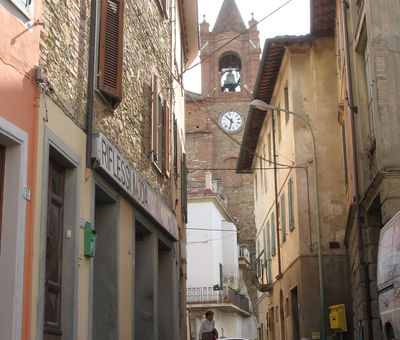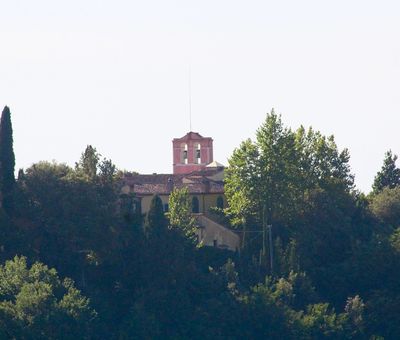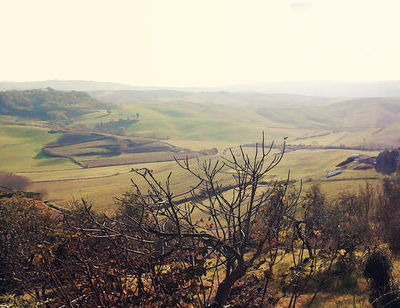Wine better than water
Wine has always had a prominent role in these parts. Terricciola and wine have been intrinsically linked for centuries as it forms one the most important cultural foundations in this community. With the end of the Etruscan age (1st century BC) and with the advent of the Roman one, archaeological evidence becomes rarer, but certainly the production and consumption of wine did not cease, especially as a source of income for the many Roman villas in the area. Accounts detail that in the Middle Ages, it was believed that water was a vehicle for the spread of disease and so it was much preferred to drink only wine. The most certain traces come from San Piero, where during the excavations of a small village dating to about 1250, archaic majolica wine mugs were found. It’s assumed that until the early Middle Ages, local monasteries such as the historic Morrona Abbey produced wine regularly, at least for their own consumption.
The wealth of the Abbey
The founder of the abbey, or monastery, was the great Count Ugone in 1089. Rich and powerful, he gave prestige and importance to the abbey. The first known abbot to hold the priory was Martino, elected in 1092. From the source of this information, we learn that three years after its foundation the Abbey had become so rich and its land so vast that it could not be cultivated by the monks alone and so servants and laborers were hired at the time of sowing and harvesting. In 1109, the Count donated the church and monastery to the Camaldolese monks, keeping the patronage for himself and his heirs. Over the years, the Roman papacy continued to grant ownership of the abbey and its territories to the Camaldolese, under the jurisdiction of the bishopric of Volterra. Military force in the year 1482 changed this, as the vicar of the bishop of Volterra briefly besieged the Abbey and took possession of it along with the estate.
La Fonte delle donne, the spring of women
In a land so devoted to wine, water created a historic dispute with the Catholic Church that even led to an edict of excommunication. The facts date back to 1735 when an edict of the Sacred Inquisition of Pisa came against anyone who drank at the source. The story goes that particularly white water flowed from that source, just like milk. It may be for this reason that a farmer brought a cow that was unable to breastfeed to the spring. The cow drank the water and from that moment, on she had no problem breastfeeding her calf. The story spread quickly and hundreds of women arrived at the source, even from afar. Mothers who couldn’t breastfeed all arrived to drink from the spring, therefore giving it the name of La Fonte delle donne, the spring of women. The Church did not like the idea of a source conducting "miracles", and so the Curia resorted to the Holy Inquisition.







